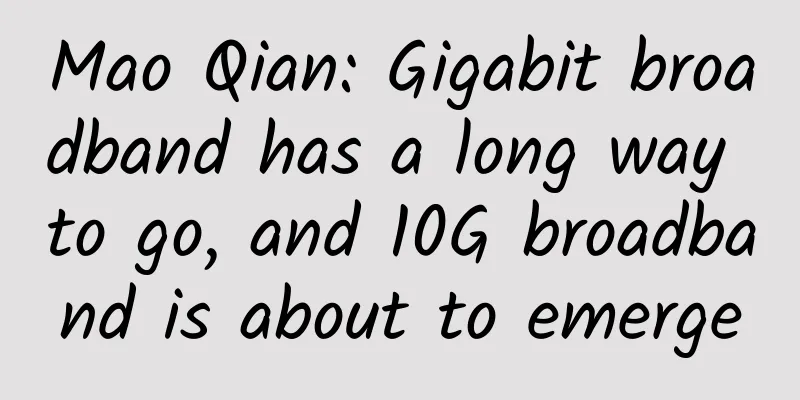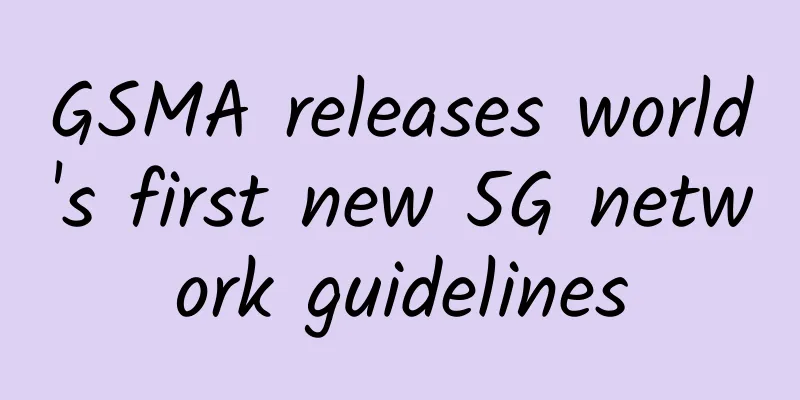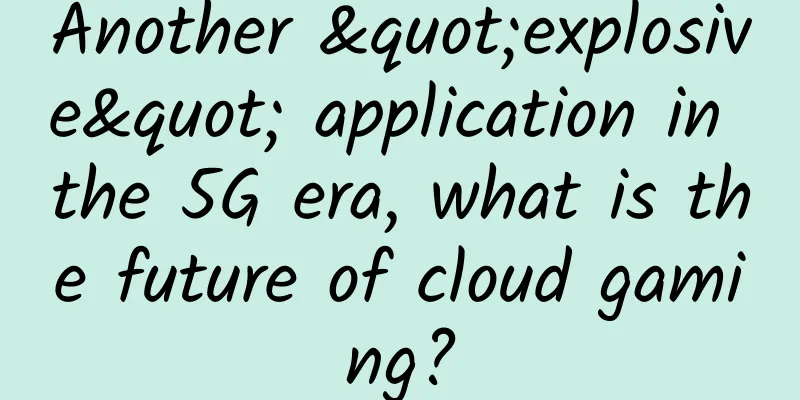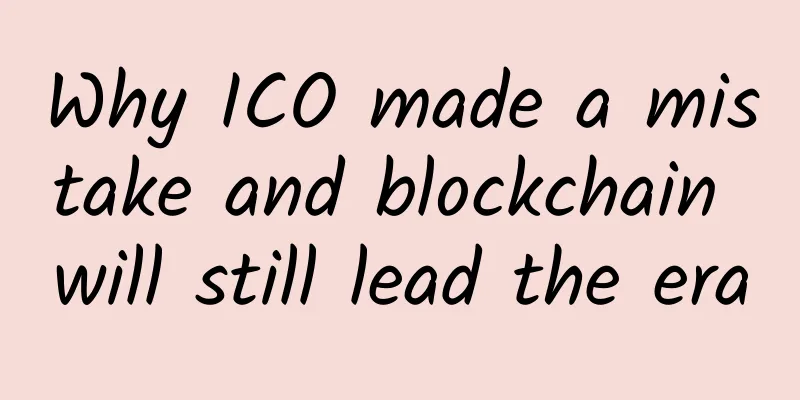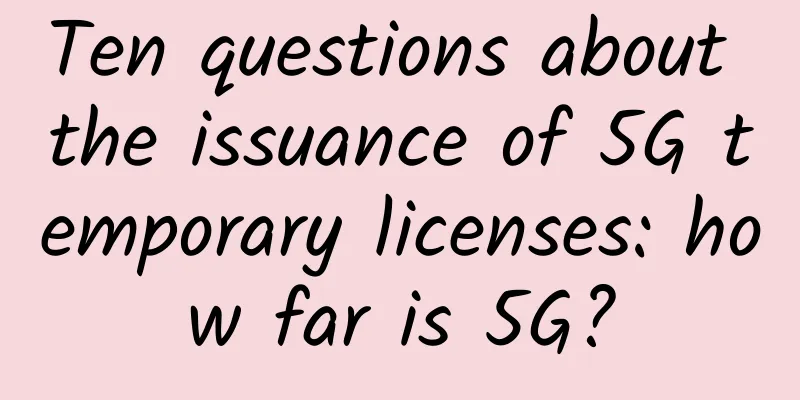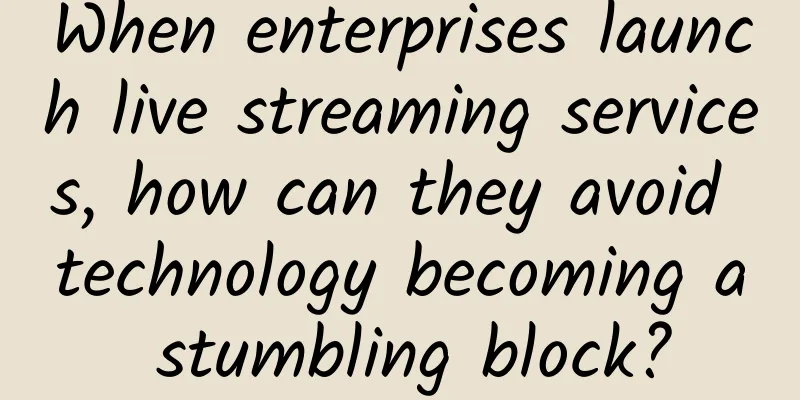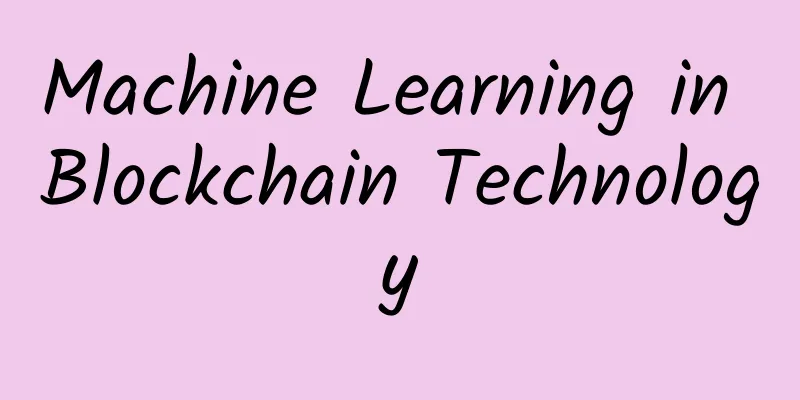A brief analysis of Web real-time communication technology!
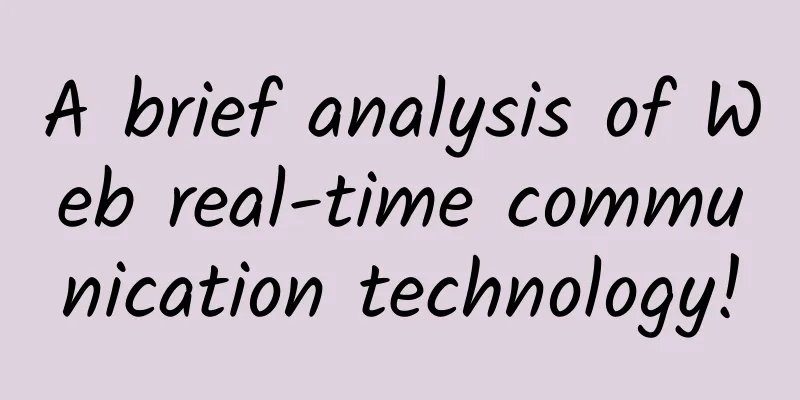
Web-based instant messagingThe server can immediately reflect data updates or changes to the client, such as instant message push. However, due to the limitations of browsers on the Web, some methods are needed to achieve instant messaging. The main reasons for this limitation are:
Implementing Web-based Instant MessagingThere are four main methods: short polling, long polling, SSE, and WebSocket. Comparison of Four Web Instant Messaging TechnologiesFrom the compatibility perspective:
Considering performance:
Short PollingPolling is a method in which a client periodically sends HTTP requests to a server, and the server returns data to the browser in real time to check whether there is new data or updates. The client will set a fixed time interval and continuously initiate HTTP requests to the server, and will get a response regardless of whether new data is returned. Applicable scenariosPolling is applicable to the following scenarios: No real-time updates required:
Lightweight updates:
shortcomingHigh resource consumption:
Poor timeliness:
Long PollingLong polling is an improved polling method. After the client sends a request, the server maintains the connection (blocking the request) until new data is generated before returning a response. Once there is new data, the server responds to the client, and after the client processes the data, the client immediately initiates the request again, maintaining a push-like effect. Applicable scenariosNeed near real-time data:
Reduce unnecessary requests:
advantageReduce invalid requests:
Near real-time updates:
shortcomingStay connected for a long time:
Not suitable for high-frequency updates:
PrecautionsNetwork timeout: In long polling, the client's request will be maintained for a longer time, so you need to ensure that the timeout settings of the client and the server are appropriate. Load issues: Although long polling saves more resources than ordinary polling, the number of server connections may be exhausted quickly in high-concurrency scenarios, and a reasonable resource management mechanism needs to be designed.
Reconnection mechanism: Whether it is normal polling or long polling, a reasonable reconnection mechanism needs to be designed to ensure that the client can continue to request without interruption after the request fails. SSESSE opens a one-way channel between the server and the browser. The server responds to the data packet in a text/event-stream format instead of a one-time data packet. The server streams data to the client when the data changes. SSE PrincipleSSE allows the server to continuously push updates to the client through a persistent HTTP connection. The client only needs to establish a connection once, the server can continuously push data, and the client will continue to receive data. Scenario: Suitable for applications with one-way data flow, such as real-time notifications, stock prices, social media push, messaging systems, and other scenarios that require frequent data updates. advantage: Simple implementation, supports automatic reconnection. shortcoming: Due to browser compatibility issues, two-way communication cannot be achieved. Simulating an online payment scenario, how to implement this process using SSE? Users scan the code to pay the payment system (WeChat, Alipay, Apple). After the payment is completed, inform the server that I have initiated the payment (establish an SSE connection). The payment system tells the server, or the client sends the payment credentials to the server for verification, that the user has indeed made a successful payment. The server sends a message to the user: Your payment has been successful, and you are redirected to the payment success page.
picture Simulate the server: picture WebSocketWebSocket is a full-duplex communication protocol based on TCP connection:
The WebSocket protocol is built on the basis of the TCP protocol, so it is easy to implement on the server side and is supported by different languages. advantage: Low latency, suitable for real-time communication. shortcoming: This may be limited in some network environments. Implementing WebSocket using SpringBoot Introduce dependencies: Implementation class: picture picture picture Spring configuration: picture Startup and testing: Execute the Main method to start the application. Test using the WebSocket online debugging tool: http://coolaf.com/tool/chattest picture in conclusionWhen choosing a server-side communication technology, the specific needs and scenarios of the application should be considered. WebSocket is suitable for applications that require high real-time and two-way communication. SSE is suitable for simple one-way data push. Short polling and long polling are suitable for scenarios where the update frequency is not high. Choosing the right technology can significantly improve user experience and application performance. |
Recommend
CAN bus: operating principle, advantages and disadvantages
The CAN bus was originally designed by Bosch in t...
Why do you need to ask someone to deploy WiFi at home? You can do it yourself
WiFi has become a necessity in life, and I believ...
SDA's full-view and in-depth operation and maintenance strategy accelerates the improvement of customer operation and maintenance capabilities
Under the wave of digital transformation, enterpr...
V5.NET: 30% off for first order from new customers, Hong Kong E5 server as low as HK$385/month
V5.NET is a business that provides independent se...
SPI subsystem SPI spec
1.SPI hardware SPI: Serial Peripheral Interface, ...
NFV in 2017: A Key Year for Commercial Deployment
[[181719]] As mobile communications shift from th...
6 trends that will boost the impact of IoT in 2018
In 2016-2017, the trend of IoT was widely accepte...
Ramnode promotional VPS hosting starts from $12 per year, 5 data centers available in Los Angeles/Seattle
The last time I shared news about Ramnode was in ...
Jiangsu Cable and Ruijie Networks jointly build the "Smart Confucius Temple"
In ancient times, there was a saying that went, &...
3 common network speed test tools under Linux
No matter what operating system you use, network ...
The three major operators' Q1 2021 financial reports: revenue and profits both increased, and 5G drove performance back to prosperity
“Plant trees in spring and harvest fruits in autu...
How do terminals in a LAN access the external network? The answer is at the end
[[357957]] 0. Fans Questions Fans asked: "Ho...
With spending of the three major operators declining, has China's 5G construction slowed down?
In 2020, China's 5G network construction deve...
Let’s talk about 5G positioning technology
[[350699]] This article is reprinted from the WeC...
Huawei's Rotating Chairman Guo Ping speaks at the Global Analyst Conference: Overcoming difficulties and moving towards the future
[Shenzhen, China, May 18, 2020] Huawei's 17th...
